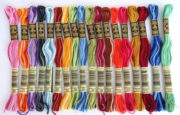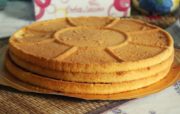How to store floss: proven convenient methods
Everyone who does embroidery knows that in this matter the expression “creative disorder” is not at all appropriate. After all, if a thread of floss gets together into one colorful lump, then it is almost impossible to untangle it. Therefore, it would be correct if you place the floss for storage in special devices for this purpose.
Simply storing floss in an ordinary box is, firstly, not always convenient, and secondly, over time, all of it will not fit there. Experienced needlewomen offer many options on how best to hold embroidery thread to make it more convenient and careful to use.
Content
Methods for storing floss
Bobbins
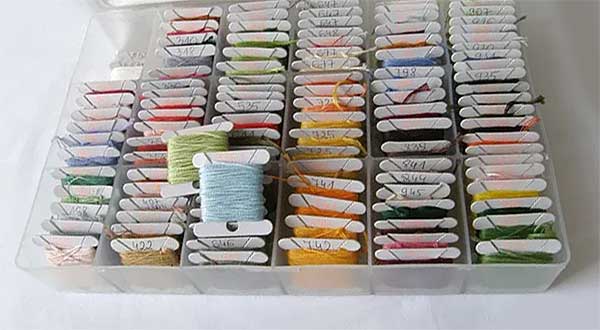
Storing floss on bobbins is the most common option. They are made from all kinds of materials (plastic, cardboard, wood, etc.). Finding bobbins is not at all difficult; they are available in all stores that sell various necessary things for needlework. These reels are very convenient. They are light, do not take up much space, and do not break.
Each of them has special notches with which the threads are attached, so they do not unwind on their own. They sell adhesive stickers for recording the color numbers of a particular floss. If you don’t mind spending money on such stickers, then the inscription can be made directly on the reel.
Homemade bobbins

You should immediately be prepared for the fact that you will need a lot of coils. Therefore, many housewives have learned to make them themselves.In order to make such a bobbin, you will need to prepare:
- 1 purchased plastic reel (as a sample);
- sheet of cardboard;
- paper scraps used in scrapbooking;
- scissors;
- pencil;
- rubber glue;
- hole puncher.
Then you only need to perform a few simple processes.
- Trace the sample on the cardboard, leaving a small gap between the diagrams for convenience.
- Cut the cardboard into squares, coat the reverse side with glue and stick the blank onto the inside of the scrap paper.
- Trim off excess sheet.
- Cut out the workpiece and make holes using a hole punch.
An alternative to spools can be popsicle sticks, a clothespin, and anything original and suitable that comes to mind.
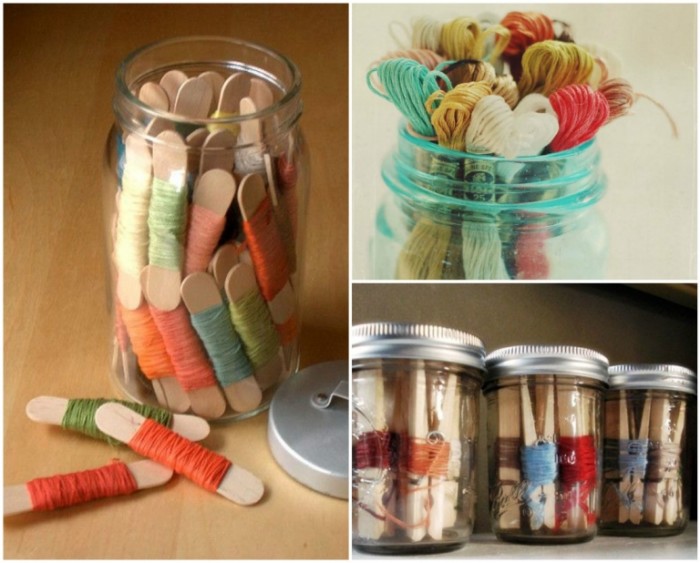
Bones

Most embroiderers like special bones for storing floss. Their advantage is that there is no need to wind the thread around them, which saves a lot of time. In some stores you can even purchase an album organizer, either with or without bones.

Holder
This device for needlework is very convenient, but too expensive (although you won’t surprise embroiderers with expensive accessories). Its advantage is that when working on a specific embroidery, you don’t have to constantly search for the right shade of thread; you can immediately add it to a special panel. The same applies to all symbols. The wooden panel of the special holder also has places for needles (they are not inserted vertically, but placed near the symbols).
Containers and boxes
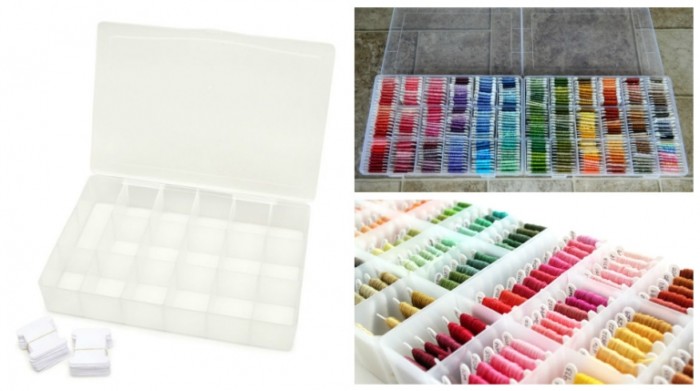
This method is used most often by needlewomen. Such devices are divided into cells for floss.You can build such a container with your own hands, using, for example, a shoebox and inserting cardboard or other dividers into it. Tree chests are sold as the same container. The principle of storing floss in it is the same as in a regular box, but it’s more “aesthetically pleasing.”
You can also keep floss in special files or bags to save coins. They are divided into small chambers. Excess thread is simply left in a plastic bag or glass jar.
Choosing a method for storing floss is an individual decision for everyone. The main thing is to work with love and pleasure and at the same time take care of all the materials that are necessary for one or another handicraft process.

